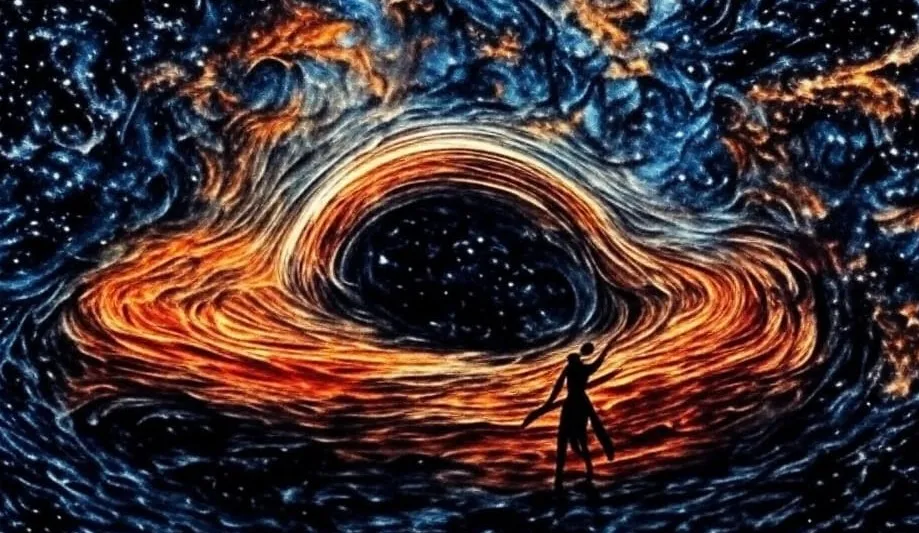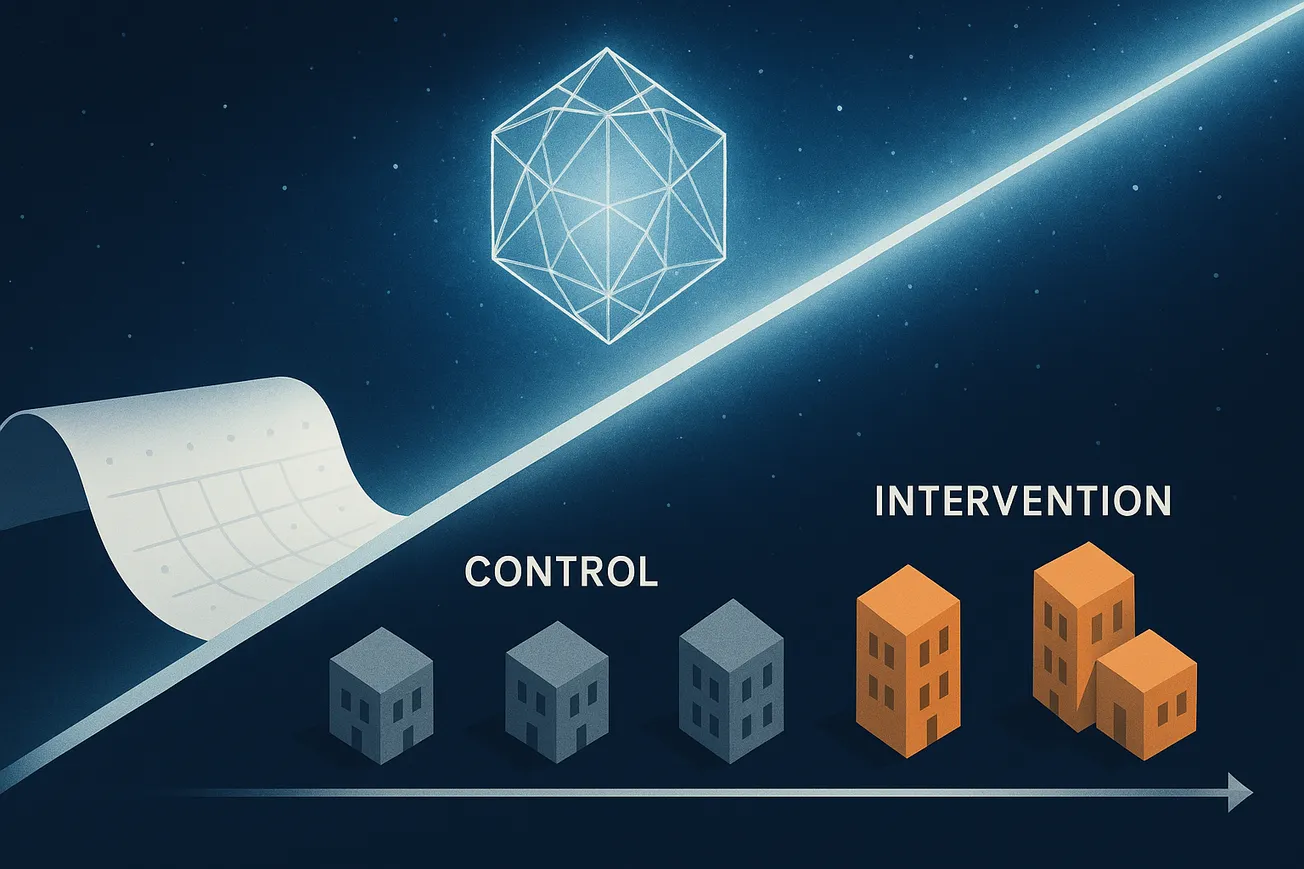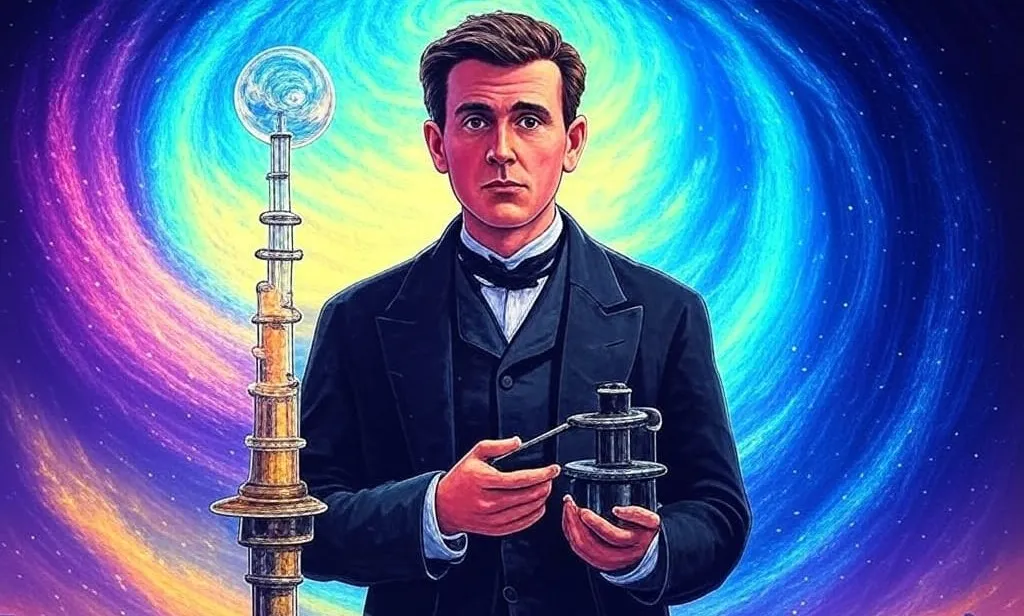The holographic principle reveals that a black hole’s 3D interior matches its 2D horizon, proving information stays intact, just encoded differently.
A black hole: a point of no return where gravity swallows everything, even light. Scientists once thought anything falling in was gone forever. But here’s the twist—black holes don’t just sit there. They evaporate, shrinking away into nothing. So, what happens to what’s inside? Does it vanish? That question ignited a battle.
Back in 1980, Leonard Suskind was a particle physicist, chasing tiny bits of matter. Gravity? A waste of time, his elders said. Experiments were centuries off. But then Stephen Hawking dropped a bomb:
...black holes evaporate, and when they do, information—every detail of what fell in—disappears.
Quantum mechanics, Leonard’s world, screamed no. Information can’t be lost; it’s a bedrock rule. Two truths collided, and he couldn’t look away. Maybe you’ve felt that too—a clash between what you’re told and what you sense is true.
Curiosity pulled Leonard in. He wasn’t alone—others, like his friend Gerard ‘t Hooft, felt it too. They dug into the mystery. Jacob Bekenstein had a wild idea: black holes hide information, like secrets locked in a vault. He called it entropy, stored on the horizon—that edge you can’t cross back from. Then Hawking showed these holes radiate, losing mass until they’re gone. If information’s trapped inside, it’s toast. Unless… what if it escapes in that radiation?
Here’s where it gets strange. Imagine falling into a black hole. One would sail past the horizon, feeling nothing—just space and time as usual. But to someone outside, that horizon’s a blazing wall, buzzing with heat and secrets.
Two realities, yet both true. How? The holographic principle cracked it open.
Think of a hologram: a flat film holding a 3D image. A black hole’s horizon works like that—everything inside is encoded on its surface. Nothing’s lost; it’s just scrambled, waiting to leak out as the hole fades.
String theory sealed the deal. It’s a framework where gravity and quantum mechanics play nice. Tools like AdS/CFT—a math trick tying a 3D space to its 2D edge—proved information survives.
Hawking was wrong, and he knew it, grinning as they won the war. The universe doesn’t erase truth; it hides it in plain sight.
So, seeker, what’s this mean for you? Life’s a mess of unknowns, like black holes spitting riddles. You won’t find all the answers—Leonard hasn’t either.
Key Points
- Black holes represent a point of no return:
Once past the event horizon, nothing can escape—not even light—making black holes mysterious and seemingly destructive to information. - Quantum mechanics and general relativity were once thought incompatible:
Quantum mechanics states information is never lost; general relativity suggested that black holes permanently destroy information. - Hawking Radiation introduced the paradox:
Stephen Hawking proposed that black holes evaporate, implying information loss, creating a fundamental conflict with quantum mechanics. - The holographic principle resolves this paradox:
Information that falls into a black hole isn't lost; it's encoded on the black hole's two-dimensional horizon, much like a hologram. - Reality may be holographic:
Our three-dimensional experience might be perfectly encoded on a two-dimensional surface. This concept has changed fundamental physics. - Duality is central to understanding holography:
Two entirely different descriptions (inside and outside the black hole) can simultaneously be true without contradiction—just encoded differently. - Intellectual humility is crucial:
Great physicists accept uncertainty, continuously question assumptions, and remain open to surprising, counterintuitive truths.







